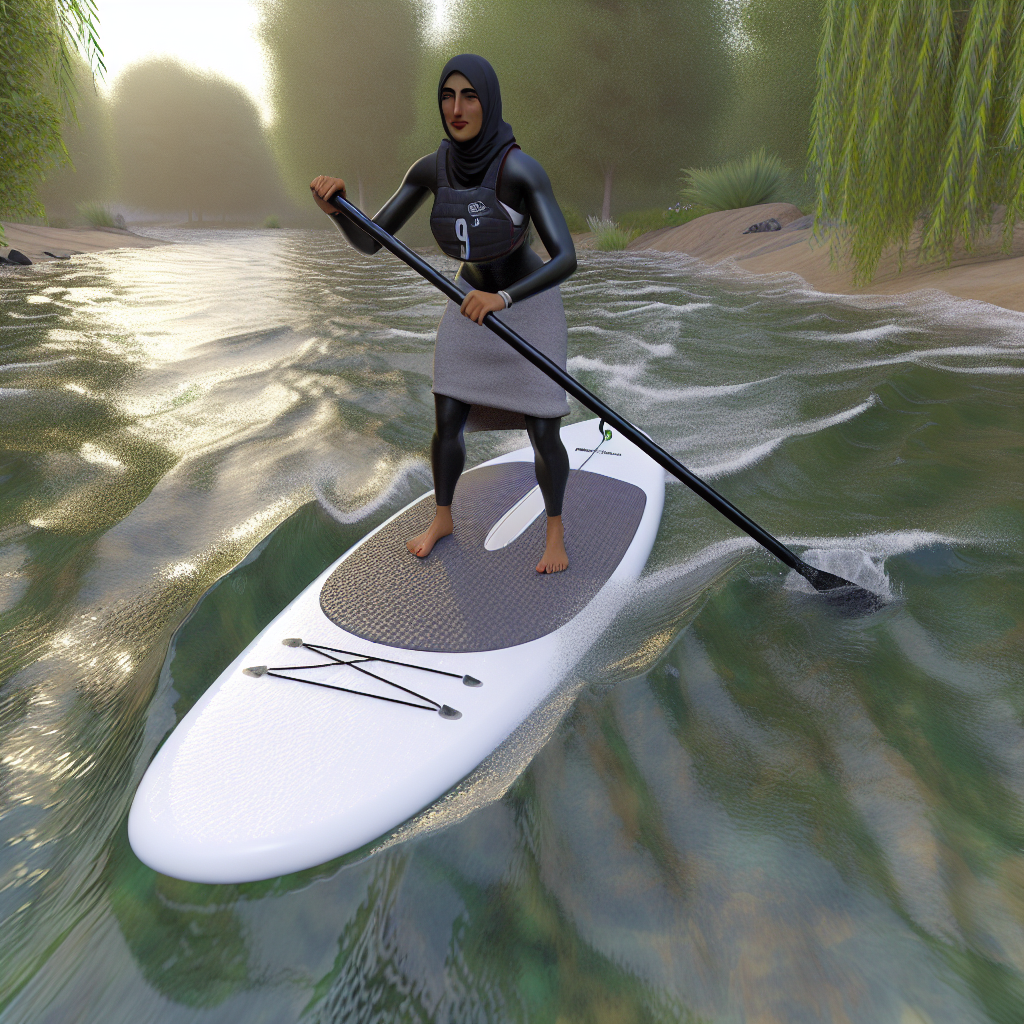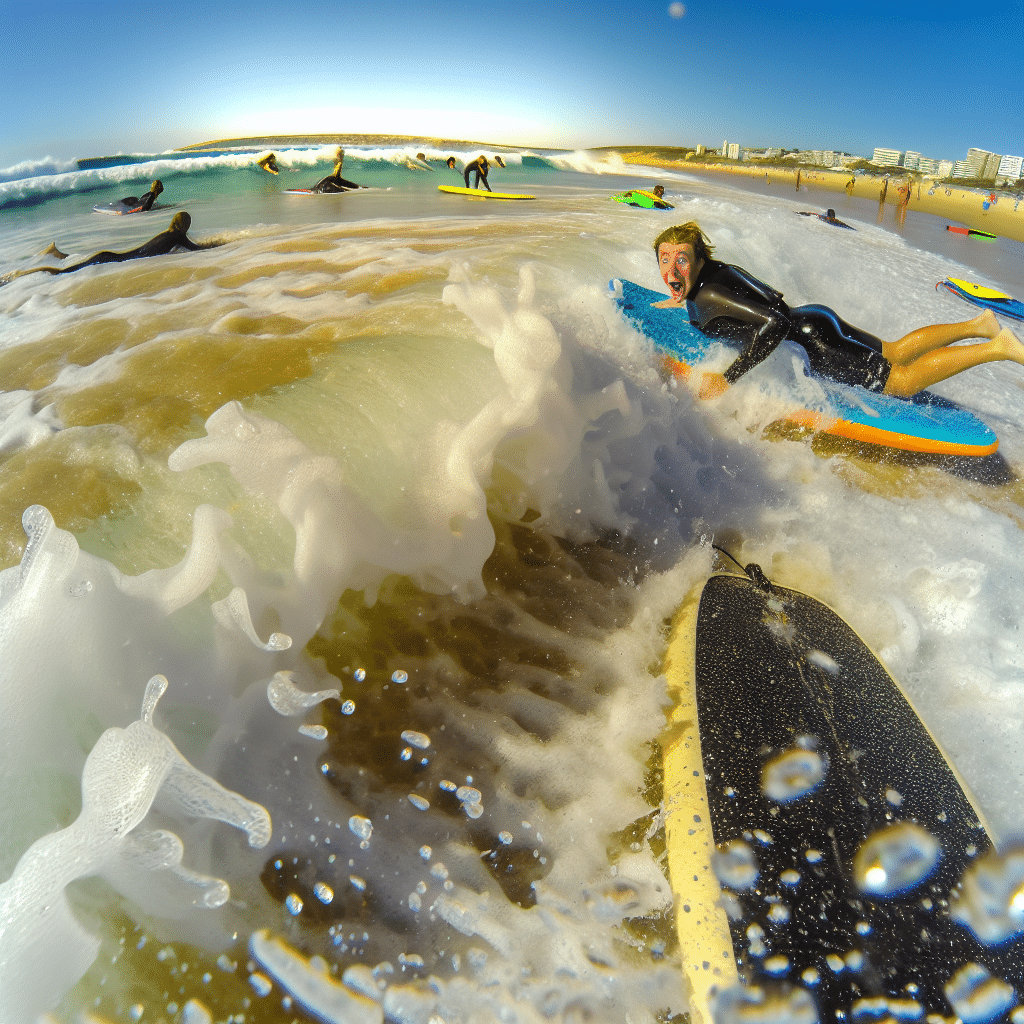Stand up paddleboarding (SUP) has surged in popularity due to its blend of relaxation, adventure, and fitness. While paddling on calm lakes and serene bays is a common starting point for many enthusiasts, navigating in a current presents an exhilarating challenge. This article delves into the essentials of stand up paddleboarding in a current, equipping you with the knowledge to safely enjoy this dynamic environment.

Why Try Stand Up Paddleboarding in a Current?
The thrill of stand up paddleboarding in a current is unbeatable. Unlike paddling in still waters, a current adds an element of unpredictability and adventure, demanding enhanced skill and awareness. SUP in moving water also helps improve balance, strength, and endurance, making it an excellent all-around workout. Plus, the experience of flowing with nature’s rhythms can be profoundly satisfying and meditative.
Understanding Water Currents
Before venturing into moving waters:
– **Learn about local currents:** Research the area where you plan to paddle. Coastal regions, rivers, and estuaries often have detailed information about their currents and tides.
– **Check the weather:** Conditions can change rapidly. Wind and storms can create dangerous currents, so always monitor the latest weather forecasts.
– **Understand the direction:** Identifying the flow’s direction will help you plan your entry and exit points, ensuring a smoother ride.
Essential Techniques for Stand Up Paddleboarding in a Current
Navigating moving waters requires a blend of technique and caution. Here are key strategies to remember:
1. Stance and Balance
In currents, maintaining a stable stance is crucial. Place your feet shoulder-width apart with knees slightly bent. Engage your core to stay balanced and avoid stiffening your body, as flexibility helps in handling undulating surfaces.
2. Proper Paddling Techniques
– **Short quick strokes:** These help maintain control and stability. Ensure the paddle is fully immersed in the water for maximum efficiency.
– **Angled paddling:** To move diagonally against the current, consistently paddle on one side, shifting your stroke’s angle to guide your direction.
3. Reading the Water
Being able to read water patterns is an invaluable skill. Look for:
– **Eddies:** Calm areas behind obstacles where the current is weaker, providing resting spots.
– **Ripples and waves:** Indications of faster-moving water which may require more effort to paddle through.
Safety First: Precautions When Paddleboarding in a Current
Your safety should always be a priority. Here are some guidelines:
1. Wear a Personal Floatation Device (PFD)
Even if you’re a strong swimmer, a PFD can be a lifesaver, especially in unpredictable currents.
2. Leash Usage
Use a coiled leash attached to your board to prevent it from drifting away in case you fall off. However, in rivers with strong currents, consider using a quick-release leash for easy detachment in emergencies.
3. Buddy System
Paddleboarding with a companion ensures help is at hand if needed. If going solo, always inform someone of your route and expected return time.
Conclusion: The Rewarding Journey of Stand Up Paddleboarding in a Current
Stand up paddleboarding in a current offers a unique blend of excitement, challenge, and connection with nature. By understanding water currents, mastering essential techniques, and prioritizing safety, you can elevate your SUP experience to a new level. Embrace the thrill of the flow, and let the currents guide your journey on the water.



